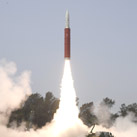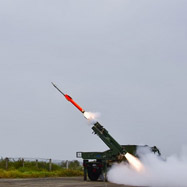Threats to Space Assets and India’s Options
Space assets are vulnerable to a variety of threats that include jamming of communications, command and control systems/links, physical attacks on satellites and ground stations, dazzling or blinding of satellite sensors; high-altitude nuclear detonations (HAND).











